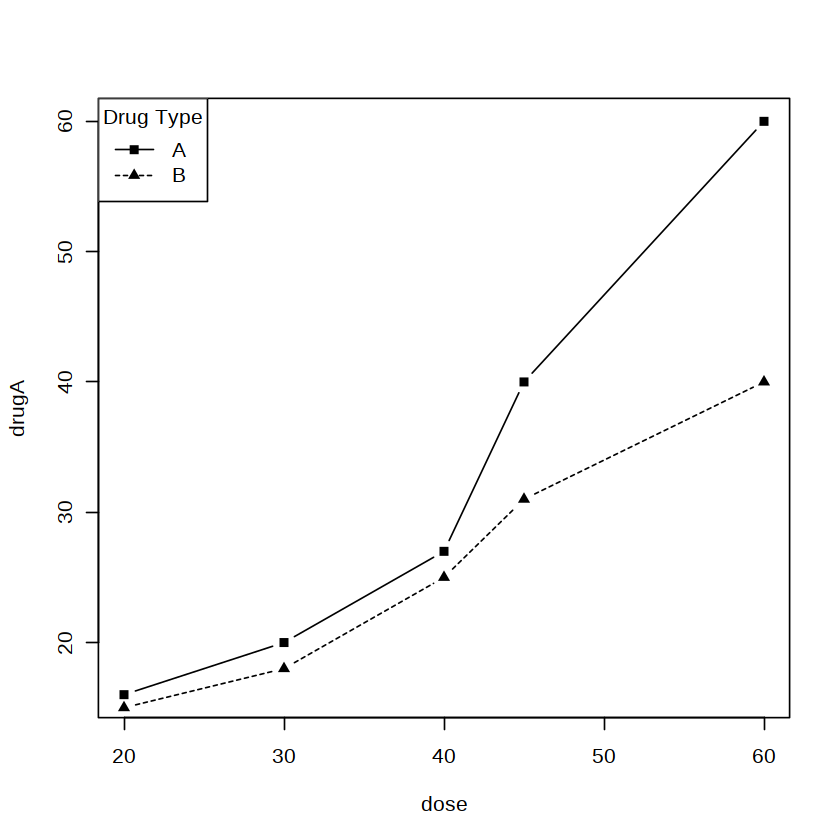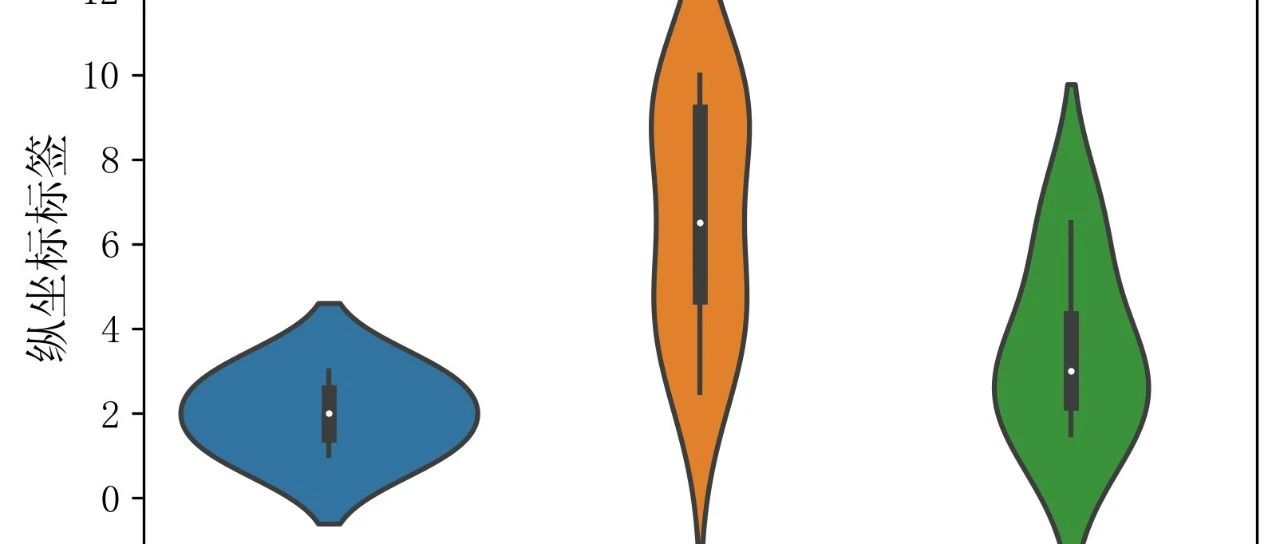绘制分位线并连接两个小提琴曲线图
绘制分位线并连接两个小提琴曲线图
提问于 2020-08-20 12:23:12
如何在Python中绘制分位线并在plotly中连接两个小提琴图?
例如,在R (https://github.com/GRousselet/rogme)中有一个库可以做到这一点。当有两个以上的组时,所提供的库不一定有效。

回答 1
Stack Overflow用户
回答已采纳
发布于 2020-08-21 22:03:32
在Plotly中,绝对没有内置的方法可以做这么具体的事情。你能做的最好的可能是画一些线,如果你需要为不同分位数的多组数据写一个函数或一些循环。
以下是我将如何开始。如果要连接分组小提琴曲线图中的相同分位数,则可以创建一个列表或数组来存储线条的所有坐标。我承认我目前所拥有的是老生常谈的,因为它依赖于Plotly中y坐标从0开始并以1递增的组。可能有一种方法可以访问分组小提琴曲线图的y坐标,我建议您查看the documentation。
如果想要添加文本框来指示分位数的值,则需要做更多的工作。
import numpy as np
import pandas as pd
import plotly.express as px
import plotly.graph_objects as go
# generate some random data that is normally distributed
np.random.seed(42)
y1 = np.random.normal(0, 1, 1000) * 1.5 + 6
y2 = np.random.normal(0, 5, 1000) + 6
# group the data together and combine into one dataframe
df1 = pd.DataFrame({'Group': 'Group1', 'Values': y1})
df2 = pd.DataFrame({'Group': 'Group2', 'Values': y2})
df_final = pd.concat([df1, df2])
fig = px.strip(df_final, x='Values', y='Group', color_discrete_sequence=['grey'])
quantiles_list = [0.05, 0.10, 0.25, 0.50, 0.75, 0.90, 0.95]
## this is a bit hacky and relies on y coordinates for groups starting from 0 and increasing by 1
y_diff = 0
## these store the coordinates in order to connect the quantile lines
lower_coordinates, upper_coordinates = [], []
for group_name in df_final.Group.unique():
for quantile in quantiles_list:
quantile_value = np.quantile(df_final[df_final['Group'] == group_name].Values, quantile)
if group_name == 'Group1':
lower_coordinates.append((quantile_value, 0.2+1*y_diff))
if group_name == 'Group2':
upper_coordinates.append((quantile_value, -0.2+1*y_diff))
fig.add_shape(
# Vertical Line for Group1
dict(
type="line",
x0=quantile_value,
y0=-0.2+1*y_diff,
x1=quantile_value,
y1=0.2+1*y_diff,
line=dict(
color="black",
width=4
)
),
)
y_diff += 1
## draw connecting lines
for idx in range(len(upper_coordinates)):
fig.add_shape(
dict(
type="line",
x0=lower_coordinates[idx][0],
y0=lower_coordinates[idx][1],
x1=upper_coordinates[idx][0],
y1=upper_coordinates[idx][1],
line=dict(
color="chocolate",
width=4
)
),
)
fig.show()

页面原文内容由Stack Overflow提供。腾讯云小微IT领域专用引擎提供翻译支持
原文链接:
https://stackoverflow.com/questions/63505015
复制相关文章
点击加载更多
相似问题















